Recently, fashion for healthy nutrition is gaining increasing revolutions. Everyone wants to look not only beautifully outwardly, but also be healthy from the inside. And the state of our organism, as is known, directly depends on what we eat. Fresh vegetables are one of the components of the correct menu for each person. In this article, let's talk about eggplant and the methods of cultivation in the open soil. After all, it is much more pleasant to eat vegetables not purchased in the supermarket, but they grown independently with love and care. Eggplant grows perfectly in countries and temperate climates. He was so loved by many gardeners because of his simplicity in cultivation. If you still have not tried to grow eggplant in my garden, just read about its rich composition and useful properties for a person, and you will definitely decide to plant it. In this article, we will tell about what conditions for cultivation like eggplant like there should be soil, care for this vegetable. We will also consider the possibility of growing eggplant in the greenhouse, we learn about the main pests and diseases.
Useful properties of eggplants and the danger of their use
You can say a lot about the beneficial properties of this vegetable. This is indicative of the wonderful composition of eggplants: fiber, proteins, calcium, phosphorus, pectin, iron, potassium, magnesium, vitamins C, B1, B2, B5, PP. Eggplant is uniquely recommended to the following categories of people:
- if you quit smoking. Nicotinic acid contained in eggplants will help to move "nicotine hunger" on cigarettes;
- if you want to lose weight or struggle with obesity. 100 grams of this diet product contains only 28 kcal. The fiber that this vegetable is also rich, helps to remove excess fluid from the body with all slags. When choosing a method of preparation, it is better to give preference to stew and baking, because With frying eggplant absorbs a lot of oil.
- the eggplants contain many pectin, which is known for its ability to stimulate digestion, reduce cholesterol;
- potassium in eggplants has a positive effect on the work of the heart, serves as excellent prevention of atherosclerosis, osteochondrosis, osteoporosis and has a strengthening effect on human bone;
- eggplant juice has a choleretic effect and a positive effect on the bowels.
As you can see, a lot of useful properties of this vegetable. The variety of methods of cooking eggplant allows you to save all vitamins and trace elements to the maximum. But be careful, because In some cases, eggplant should be taken into eating with caution. In too overripe fruits, a large amount of Solanina is accumulated, which is known for its poisoning ability. You may have shortness of breath, colic, bloating, nausea and vomiting. If you fell too different fruits, then it is still possible to reduce the concentration of this hazardous substance. Just place vegetables into salted water for a while. By the way, white eggplants practically do not contain Solanin. If you still have symptoms of poisoning after adopting eggplant to food, it will help to neutralize this substance milk, egg protein, mucous soups, eggs.
Photo of eggplants
Baklazhanov varieties
Experienced gardeners know that the name of eggplants in the people is "blue", no longer corresponds to reality. The breeders brought such a variety of hybrid varieties that you can even lose before such an assortment.
There are varieties of unusual white color, striped, orange, green. Dishes from such eggplants will become a real highlight of your table. Consider the most popular varieties that are in demand for gilders:
- "Black Handsome". Garders choose this variety for the impressive weight of the ripe eggplant - up to 200 gr. This variety is resistant to diseases and is suitable for storage. The absence of bitterness adds the values \u200b\u200bto the taste qualities of this variety.
- "Diamond". Eggplants of this variety have a classic cylindrical shape, have a mass from 100 grams to 200 gr. This variety also love many gardens for the lack of bitterness.
- "Albatross". This variety is distinguished by incredible yield. Pear-shaped fruits although they are shortened, but they reach 450 gr!
- "Epic F1". Beautiful purple-black fruits of a drop -ide form ripen already 2 months after sowing. High yield, lack of bitterness in taste, excellent resistance to disease and pests - all this makes a variety of unusually demanded among gardeners.
- "Black Beauty." This variety is known for very large fruits - up to 900 grams. Eggplants of almost black color have a gentle flesh.
- "Black Moon". This variety of eggplant surprises the unusual shape of its fruit - spherical.
- "Czech early." An early sort of eggplant, which conquers the excellent soft taste of juicy pulp.
All of the above varieties are distinguished by the fruits of all shades of violet - from light purple to iscinous. The following varieties have a white color of fruits. Such eggplants were even recently for us, but quickly accustomed and at this time are widespread.
White eggplants have just an excellent taste of absolutely devoid of bitterness, which can be compared with the taste of gentle chicken meat or champignons.
- "Swan";
- "Ping pong";
- "Pelican";
- "White Egg";
- "Iceberg".
There is also a variety of eggplant of an unusual yellow color ("Golden Eggs"), which have many carotene in their composition, and green ("Chinese green"). As a rule, when choosing varieties for landing, gardeners take into account the rate of ripening of eggplants. The best option will be a combination of early, middle-air and late varieties. And, of course, the combination of eggplant of different colors, shades and forms will only add the beauty of your bed, and then the unusual dishes prepared from such vegetables.
Secrets of growing eggplant seedlings
Eggplants are grown mainly by a seaside way, because These vegetables are very warm-loving and light-loving. Consistent temperature differences, freezing can just destroy your crop. Those who think that the cultivation of seedlings is a simple, deeply mistaken. Only observing all agrotechnical requirements when growing seedlings, you will get a good and rich harvest.
How to calculate the time landing of eggplant seeds
Gardeners who are not the first time dealing with eating eggplant, have their own formula for calculating the optimal sowing time. Newcomers may have some problems. For example, too early seed seeds will cause the seedlings to grow. Late sown - seedlings will not have time to grow by the time a favorable landing in the ground. There is an approximate formula for calculating the optimal day for sowing seeds: From the alleged day of landing to take the number of days from shoots before disembarking and take away the number of days to appear for the first germs. As a result, you will receive an indicative date of the starting date. Of course, the weather always contributes to our plans. You can look into the long-term weather forecasts to find out what spring will be. To take advantage of the above formula, focus on the following data:
- eggplants give the first searches 5-10 days after seeding;
- it is possible to plant eggplants into open ground in an average of 65-70 days after the appearance of germs.
Preparation of eggplant seeds
Experienced gardeners know that just sowing seeds in the ground is not enough. Need to prepare from pre-prepare. For example, the following solution is prepared for seed disinfection: in 100 grams of water add 3 ml of hydrogen peroxide. The resulting solution is heated to 40 degrees and to withstand seeds in it 10 minutes. Such a procedure is done immediately before landing. There are other methods of pre-sowing eggplant seeds: stratification, warming, soaking in special solutions. The choice of one way or another depends on the variety you chose.
Preparation of soil for eggplants
You can not bother with the preparation of an earthen mixture, but just buy a finished soil. The main thing is that in the end it turned out light, loose and fertile land. But if you want to maximize the quality of the soil as much as possible, then you can add blacks and sand in equal proportions to the finished mixture from the store. Some gardeners mark a wonderful result from adding vermiculite.
Where and how sow eggplant seeds
Currently, there is a huge selection of special containers for growing seedlings at home. You can quite make them and independently or plant them in any existing capacitance of suitable size.
If you use plastic cassettes with a large number of cells, it is better to sow eggplant in them of one variety. Otherwise, some seeds will already come and will require the removal of shelter, while others are not even scored.
- Fill the tank with an earth mixture.
- Moisten the Earth before sowing. Some gardeners use "snowy" moisturizing: lay the snow over the earth. Thus, the soil is moistened with melt water, which has a beneficial effect on the growth of seedlings.
- Seal the Earth in the cells and make a small recess.
- We lay out 1 seed and sprinkle with a layer of land in 0.5 cm.
- Cover the film and put in a warm place.
- While the shoots did not appear, watered, no need to ventilate. The main thing is warm, about 26-28 degrees.
Watering eggplazhanov seedlings
The seedlings that appeared should be regularly watered and in no case allow soil drying. Although the excess of moisture is more destroyed. Watering best of the sprayer. Water should be rain or plumbing, but overnight for 24 hours. The temperature of water for watering should correspond to the room temperature where there is seedlings.
Does the feeder need
Falker seedlings of eggplants - the case is absolutely voluntary. If you are sure of the quality of seeds and an earthy mix, where they are sown, you can not feed the seedlings at all. But, if you decide to do it, follow the following steps of feeding:
- The first feeder to spend on July 7-10 from the appearance of shoots without dive, and 10-12 days after the dive. Fertilizer is suitable, which is directed to the formation of a strong root system, rich in phosphorus. For example, 1 tbsp of a crystal of yellow on 10 liters of water.
- The second and subsequent feeding are carried out every 7-10 days to stimulate vegetation (special).
Making feeding is always combined with irrigation.
Temperature Mode for Eggplant
As soon as the first shoots appeared, remove the film. Further, your task is to create temperature conditions as much as possible on natural, namely, a decent temperature difference in day and night. As you remember, the seeds before germination were kept under the film and at a sufficiently high ambient temperature - 26-28 degrees. After removing the film, you need to lower the temperature to 16-17 degrees and 13-14 degrees at night. Such a mode is kept in the first week after removing the shelter. Then you need to raise the temperature to 25-26 degrees and 13-14 degrees at night. Such "American slides" of the temperature regime will allow you to grow strong and maximized seedlings.
Lighting for seedlings
Natural lighting for eggplant is not enough, and you will definitely have to freeze seedlings. Of course, the best option will be phytolampa. If you neglect the creation of additional lighting, the seedlings will stretch and subsequently become weak.
Grow eggplants at home
How to choose a suitable place for eggplants
Eggplants are quite unpretentious vegetables. Compared, for example, with tomatoes and cucumbers, which are very strongly susceptible to diseases, eggplants are practically not ill. Experienced gardeners even claim that growing on one bed, with frowning tomatoes, eggplants feel great and you will get a 100% harvest.
Like each vegetable, eggplants have their minimal soil requirements and the place of growth. Here are the main of them:
- The place should be well heated and lit by the sun.
- There should be no draft. Good windscreen creates various high plantations, such as peas and beans.
- The soil should be peeled and loamy, loose, well ventilated. If you have a heavy heat in the garden, then it is necessary to fit it peat and humus.
- Eggplants love river sand, sawdust or straw cutting added to the ground. All this additionally facilitates the soil.
- Good precursors for eggplants are kale, cucumbers, peas and beans.
- The place for the growth of eggplants is desirable to cook in the fall: thoroughly sink the ground, remove the roots of plants and weeds, make fresh manure. In the spring you need to add already overloaded.
Landing eggplant
It is necessary to plant seedlings into open soil at a time when the threat of frosts. Usually - this is the beginning of June. But you are focusing on specific climatic conditions in your area. Eggplants can also be grown in a greenhouse. But it is still not to do without growing seedlings. The transfers of seedlings in open soil and to the greenhouse is the same and consists of the following consecutive actions:
- soil preparation, if it was not fertilized in autumn;
- loosening and rareling with robbles;
- we make rows with a distance between them 60 cm;
- making wells at a distance of 30-40 cm from each other;
- the well fill with water and put a seedling in the resulting dirt, slightly sealing the earth around it;
- mulch peat or dry earth every plant.
Care for eggplant
There are no difficult rules in the care of eggplant:
- abundant watering every 7-8 days. If the plants are mulched, then watering can be reduced;
- constant loosening;
- prevent the formation of peel on the surface of the Earth;
- removal of weeds and yellowed leaves;
- water for watering should not be cold;
- to form a krona of a bush as needed to cut down, leaving 4-6 side shoots. But there are exceptions - some hybrid varieties have only 4-6 shoots, so the shoots below the lower bud are removed.
Eggplant feeding in open ground
- 1st feeder It is carried out 10-15 days after disembarking into open ground. Fertilizer is prepared as follows - 40-50 grams of superphosphate are added in 10 liters of water, 10 g of ammonia nitrate or 30 grams of urea.
- Exactly in 20 days spend 2nd feeding. Now you need to increase the dosage of phosphate and potash fertilizers by 1.5-2 times.
Harvesting eggplants
If your eggplants started blooming, you can prepare that after 3-40 days you will collect the long-awaited harvest. Eggplants should be cut with a fruit very carefully, it is better to do the garden secateur. Remember that a harvest must necessarily have to have time before the onset of cold. If freezing begin, and some fruits have not yet been dressed, you can neatly dig plants and transplant to a greenhouse. The harvest can be stored for a month in a cool room.
Failure to comply with agrotechnics when growing eggplants: consequences
Very often, gardeners think that the plants got sick, and begin to process them with various chemicals. However, an unhealthy appearance may be a consequence of incorrect agrotechnical operations. Consider some more cases of errors in the cultivation of eggplants:
- The fruits grow not purple, but brown, very light. Cause: Lack of sunshine. In the fall, it is better to remove part of the upper tier, so that the fruits obtained enough solar color.
- Deep fractures on the fruits. Cause: Violated irrigation mode in combination with very hot weather.
- Flowers and wounds fall off. Cause: Cold water with watering, soil drying or increased humidity.
- The leaves curled the boat and became brown on the contour. Cause: Lack of potassium.
- The leaves stretched up at an angle to the stalk. Cause: Lack of phosphorus.
- Leaves of the plant spawned. Cause: Eggplant lack nitrogen.
As you can see, besides possible diseases and pests, there are plenty of reasons due to which the appearance of this vegetable may change. Carefully examine the plant, with attention to all recommendations for the cultivation of eggplants and do not rush to immediately begin processing vegetable with chemicals. Unfortunately, changing the appearance of the plant with incorrect agrotechnical actions is the lowest harm that you can apply eggplant. As a result, the vegetable can become weak and subjected to various diseases or pests. Among the diseases of eggplants, you can allocate the most common:
- blackleg;
- mosaic;
- stopbar;
- gray rot.
From pests you can list the TRU, slugs and web ticks, colorado beetles and whiteflies. There are a lot of drugs to combat pests that are harmless to humans. For example, "Arrow". With slugs and colorado beetles you can fight mechanical way. There is also a lot of folk remedies to combat them. But the best and correct option will be strictly followed by all the recommendations of specialists in the cultivation of eggplant in open ground and prevention from diseases and pests.
Let all tips and recommendations of this article will help you to collect a truly royal harvest of eggplants. Enjoy the process of gloomy and the result will not make yourself wait! Successes!

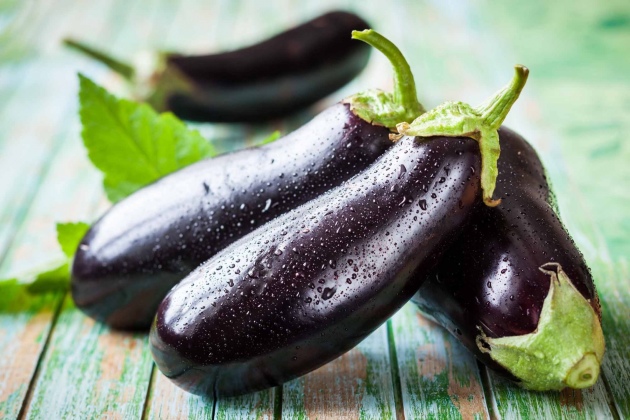
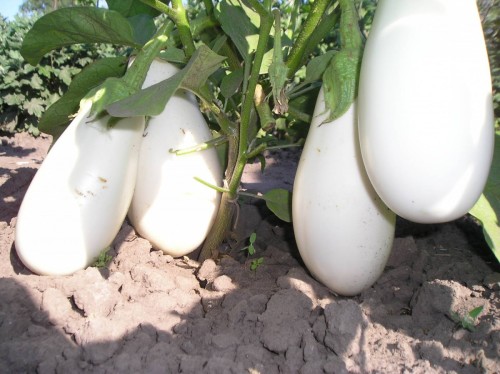
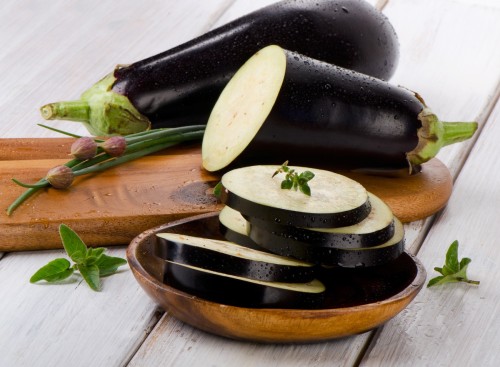
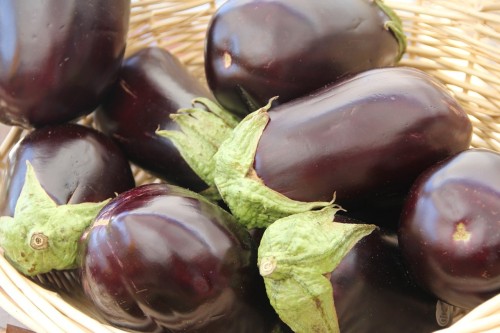
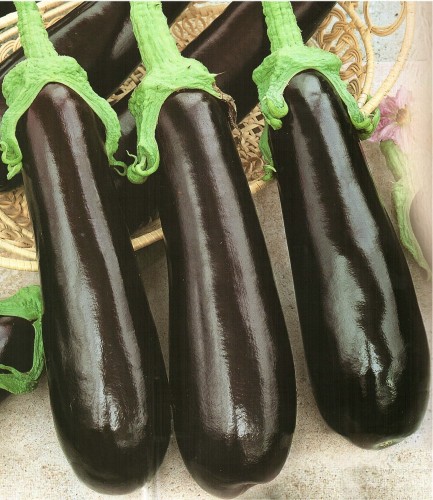
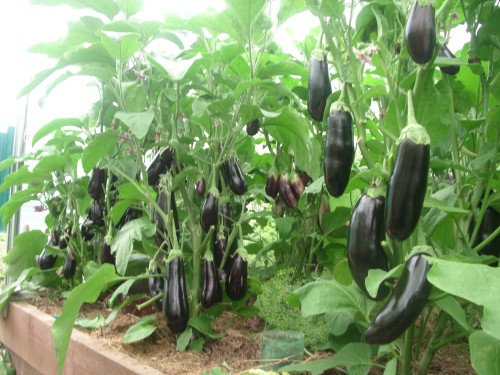
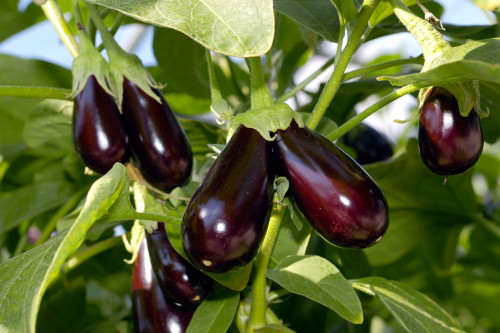
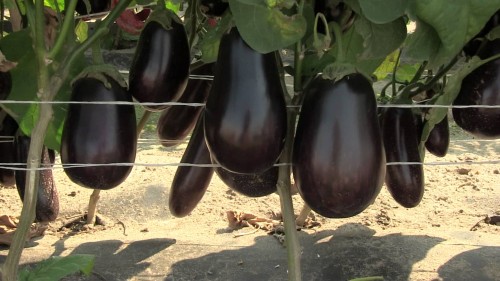
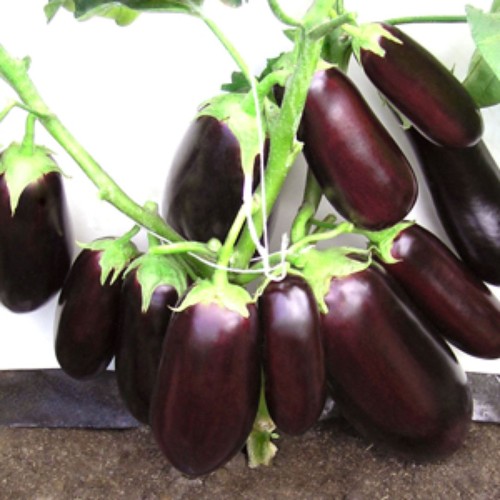
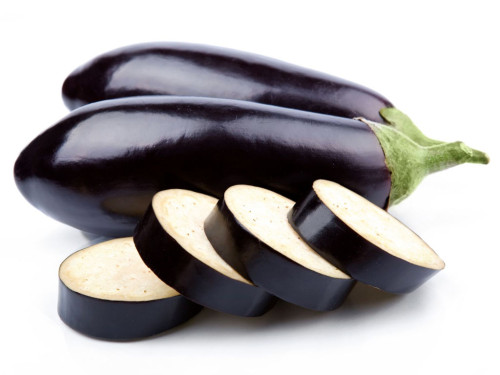
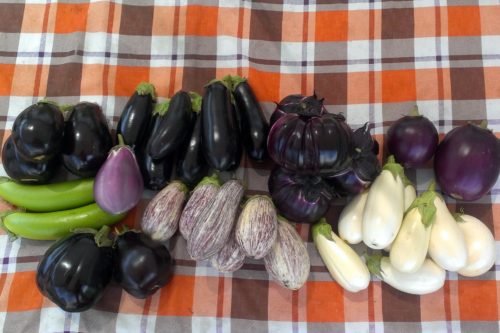
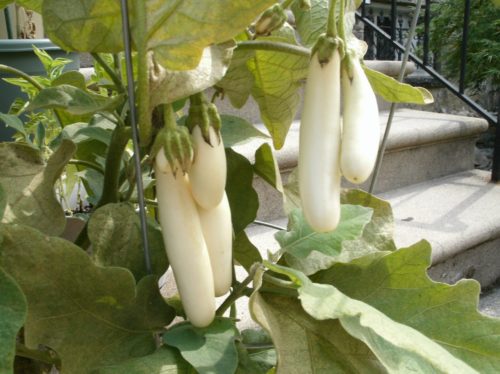
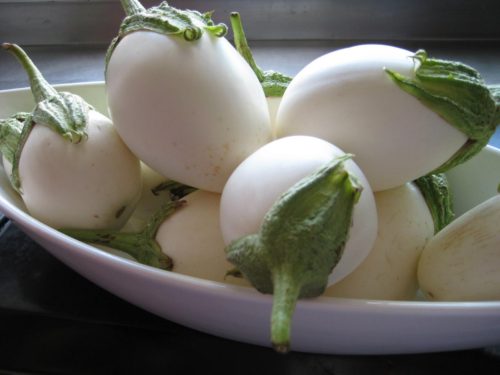
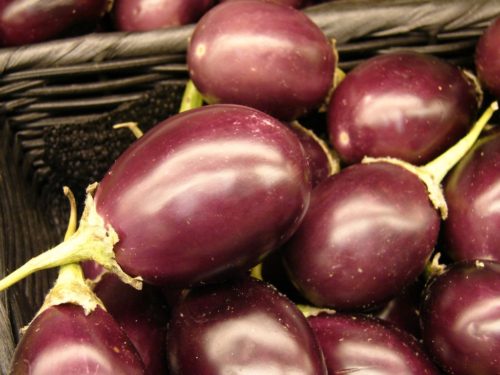
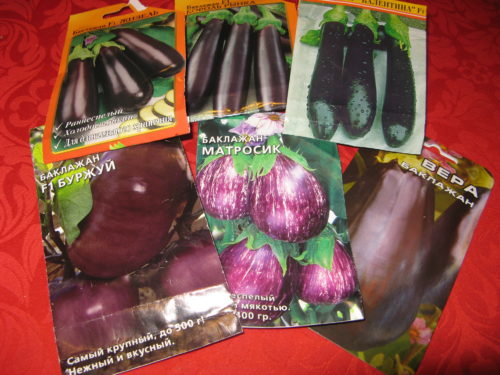
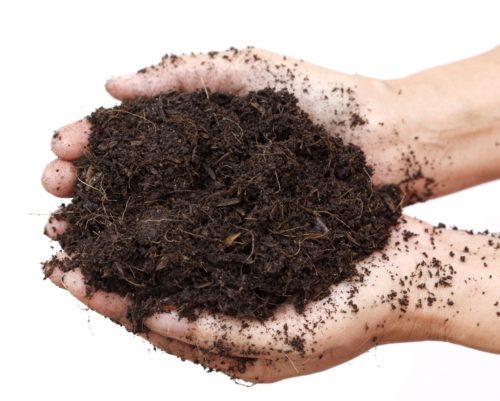
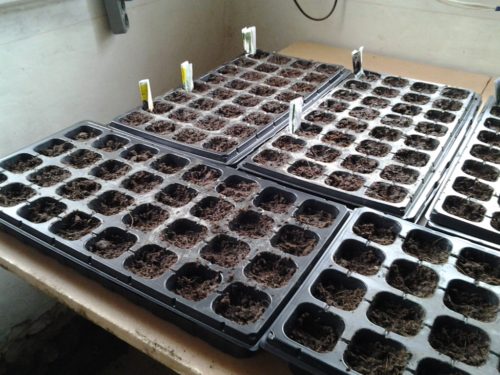

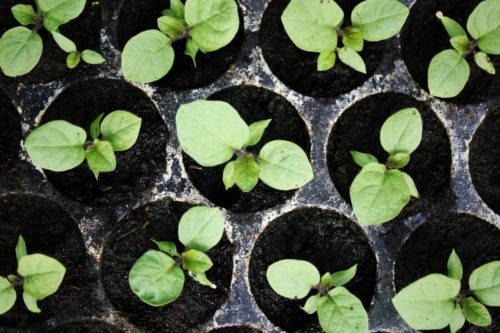
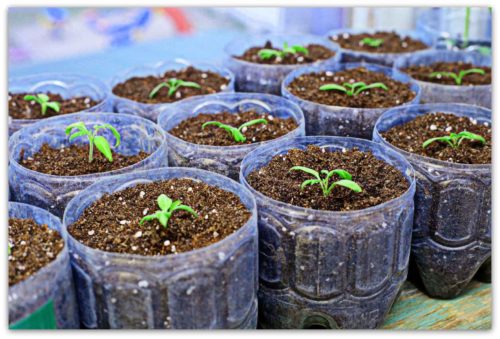
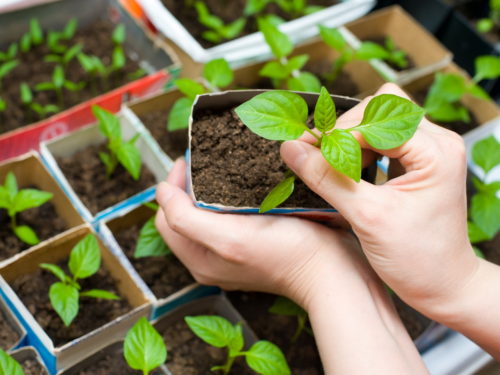
















 Start a discussion ...
Start a discussion ...